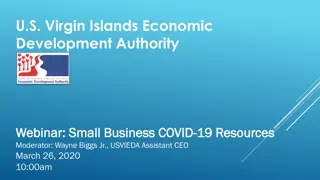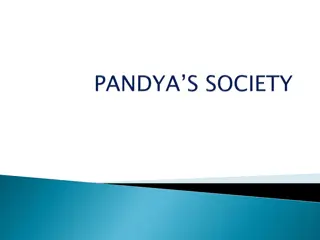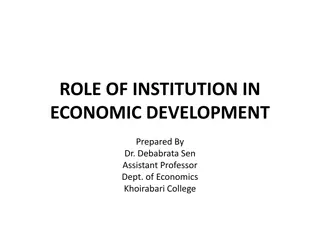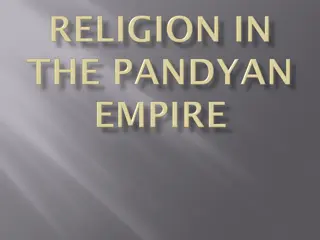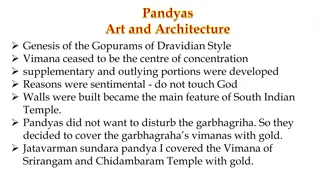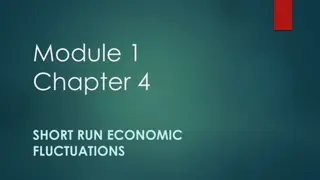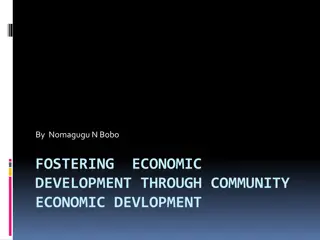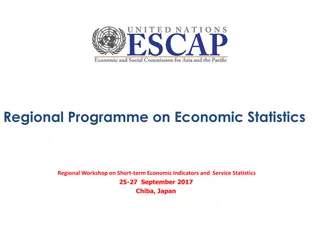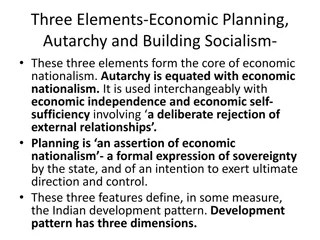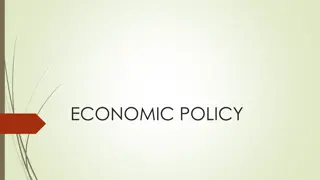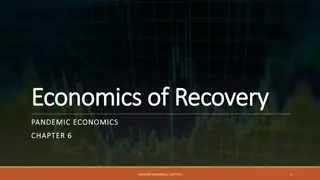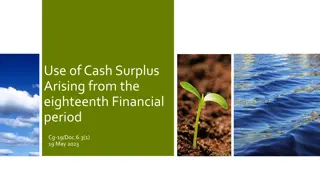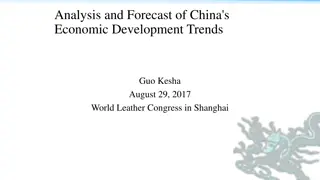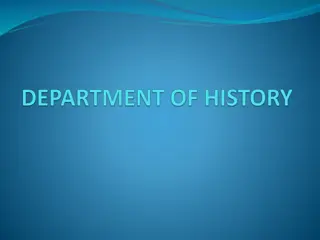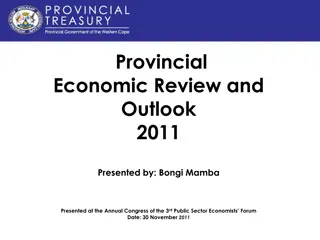Economic Development During Pandya Period
Agriculture, industry, trade, and commerce played crucial roles in the economic growth of the Pandya period. The state focused on improving irrigation facilities, leading to flourishing trade and commerce. Agriculture was the primary occupation, with lands divided into different categories. Industries such as spinning and weaving thrived, with traditional methods being prominent. Both inland and foreign trade prospered, with a barter system in local markets and the use of gold coins for foreign trade.
Download Presentation

Please find below an Image/Link to download the presentation.
The content on the website is provided AS IS for your information and personal use only. It may not be sold, licensed, or shared on other websites without obtaining consent from the author.If you encounter any issues during the download, it is possible that the publisher has removed the file from their server.
You are allowed to download the files provided on this website for personal or commercial use, subject to the condition that they are used lawfully. All files are the property of their respective owners.
The content on the website is provided AS IS for your information and personal use only. It may not be sold, licensed, or shared on other websites without obtaining consent from the author.
E N D
Presentation Transcript
LATER PANDIYA ECONOMIC CONDITION
INTRODUCTION Agriculture,industry,trade, and commerce determined the economic development of the pandya period. The state provided adoquate facilities to improve irrigation Trade and commerce also flourished during this period.
AGRICULTURE Agriculture was the main occupation of the pepole .majority of the pepole lived on agriculture . Vaigai and tambarabarani rivers gave fertility to the soil. As the waters of these rivers were in adequate to irrigation ,the state constructed a number of tanks to store the water at the time of monsoon.
The lands utilised for cultivation were divided into three. The lands cultivated traditionally by the pepole were called vellan vagai lands. These lands were directly controlled the pepole . Tax was collected from these lands.pepole remitted tax regularly to the government.
The lands grand to the brahmin and temples were called brahmadeyam and devadhanam lands . These lands were the most fertile Besides these bhogam ,virichi and kani lands were given to certain sections of the people . The copper plates of this period mentioned that the people belonged to ur and sabha also constructed tanks and lakes with the assistance of government officials and the ruler. .
INDUSTRY Industries also flourished during this period .most of the industrie of the period were traditional in character. Spinning and weaving were important industries. Women were engaged in these industries .people used to spin thread from cotton.these industries flourished in madurai and other important cities ..
The kaikolars were involved in weaving .they paid taxes like tari irai and panchu peeli to the govt. Oil was in great demand in those days .lt was utilised in temples and army . Oil was also used to prepare medicine.
DEVELOPMENT OF TRADE Both inland and foreign trade flourished this period The agricultural and industrial commodities manufactured in the rural area were sold in the markets. Barter system prevailed in the local markets.coins were also used.gold coins were used for foreign trade.
The merchants involved in foreign trade were nanadesikan and nangarathar. Harbours and ships were used for foreign trade.harbours were provided with all facilities . Ship building was common . He sent an emissary in 1281 A.D to china,for trade agreements .thus foreign trade flourished during the reign of the pandyas.



